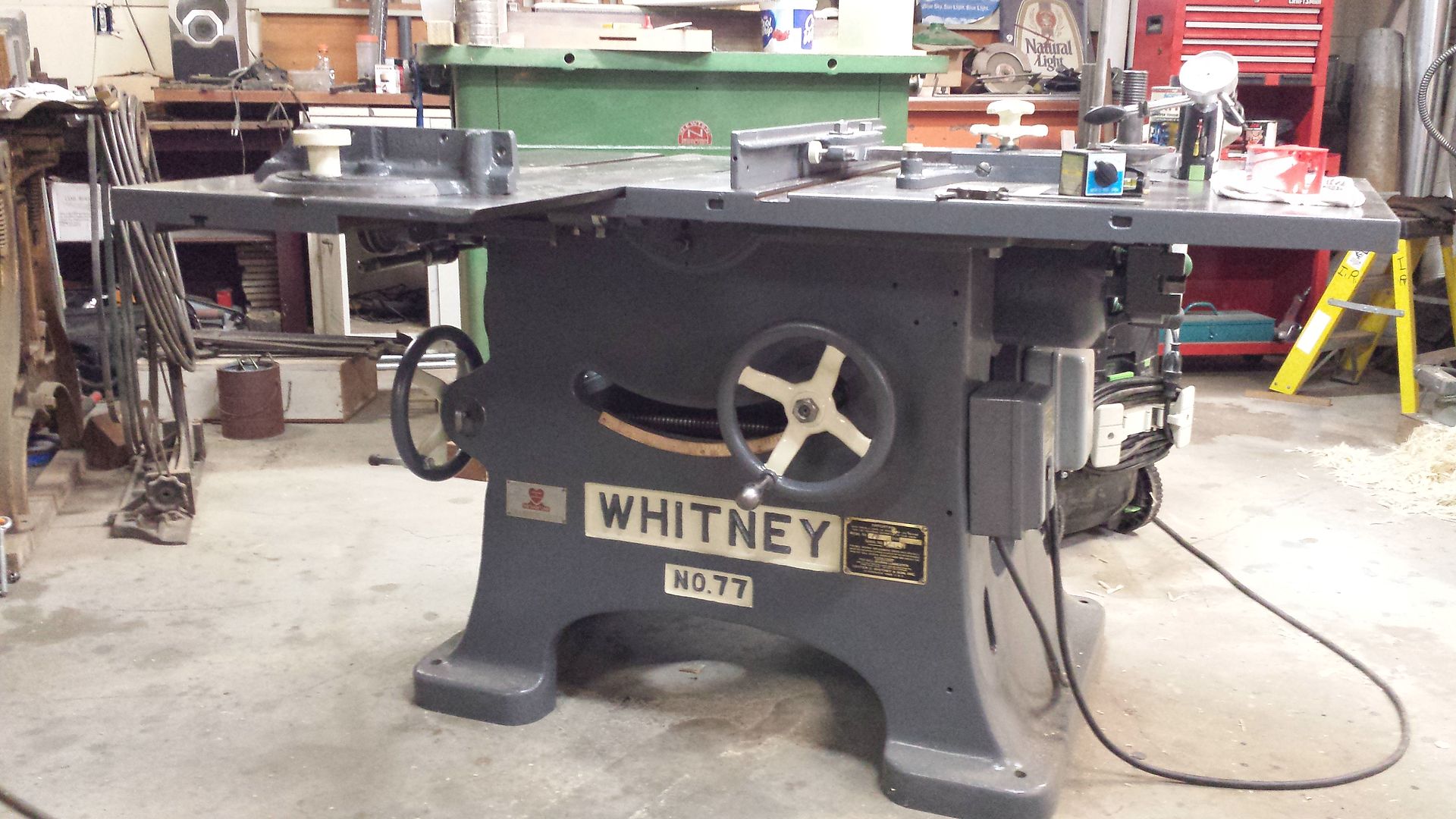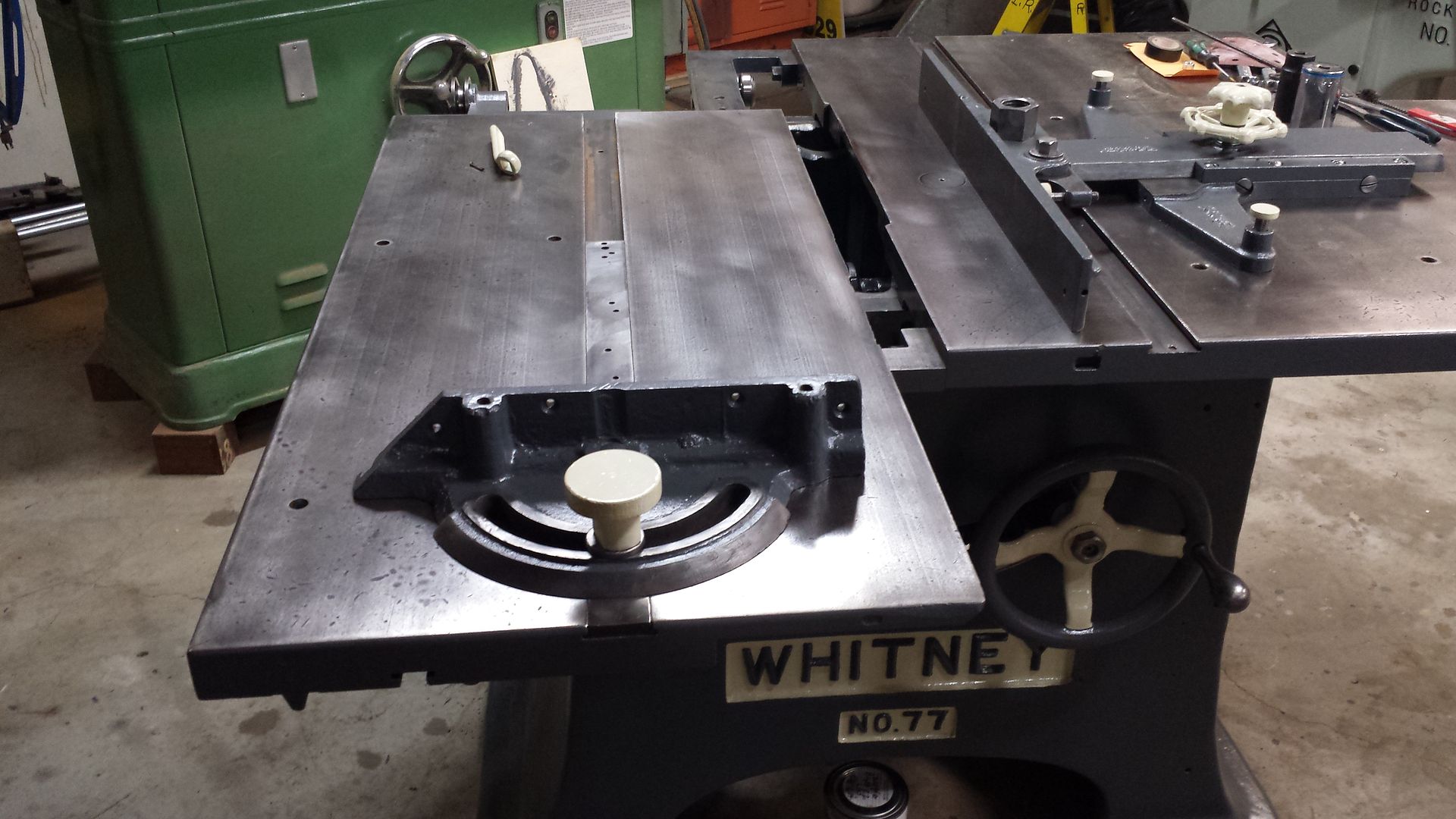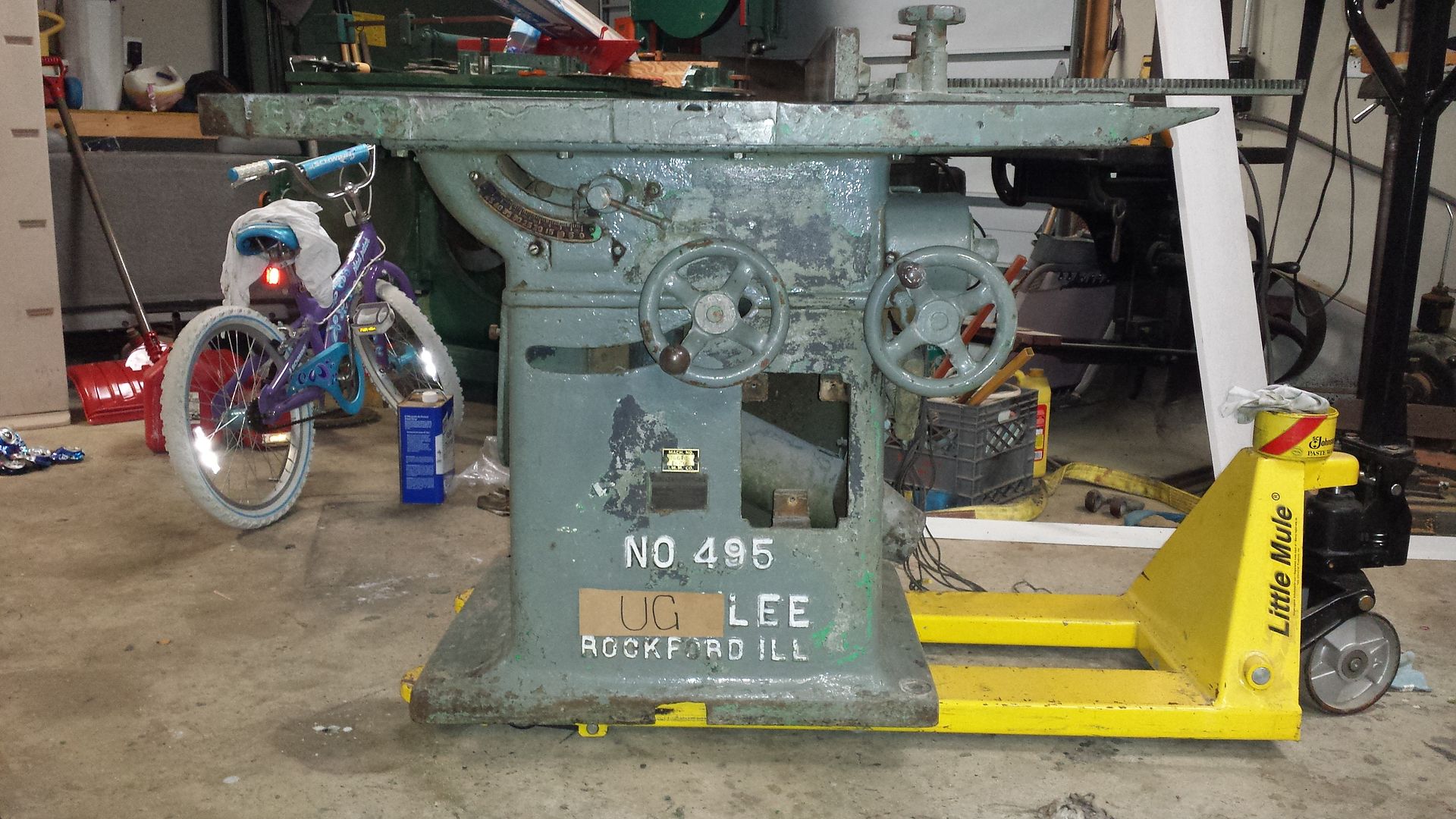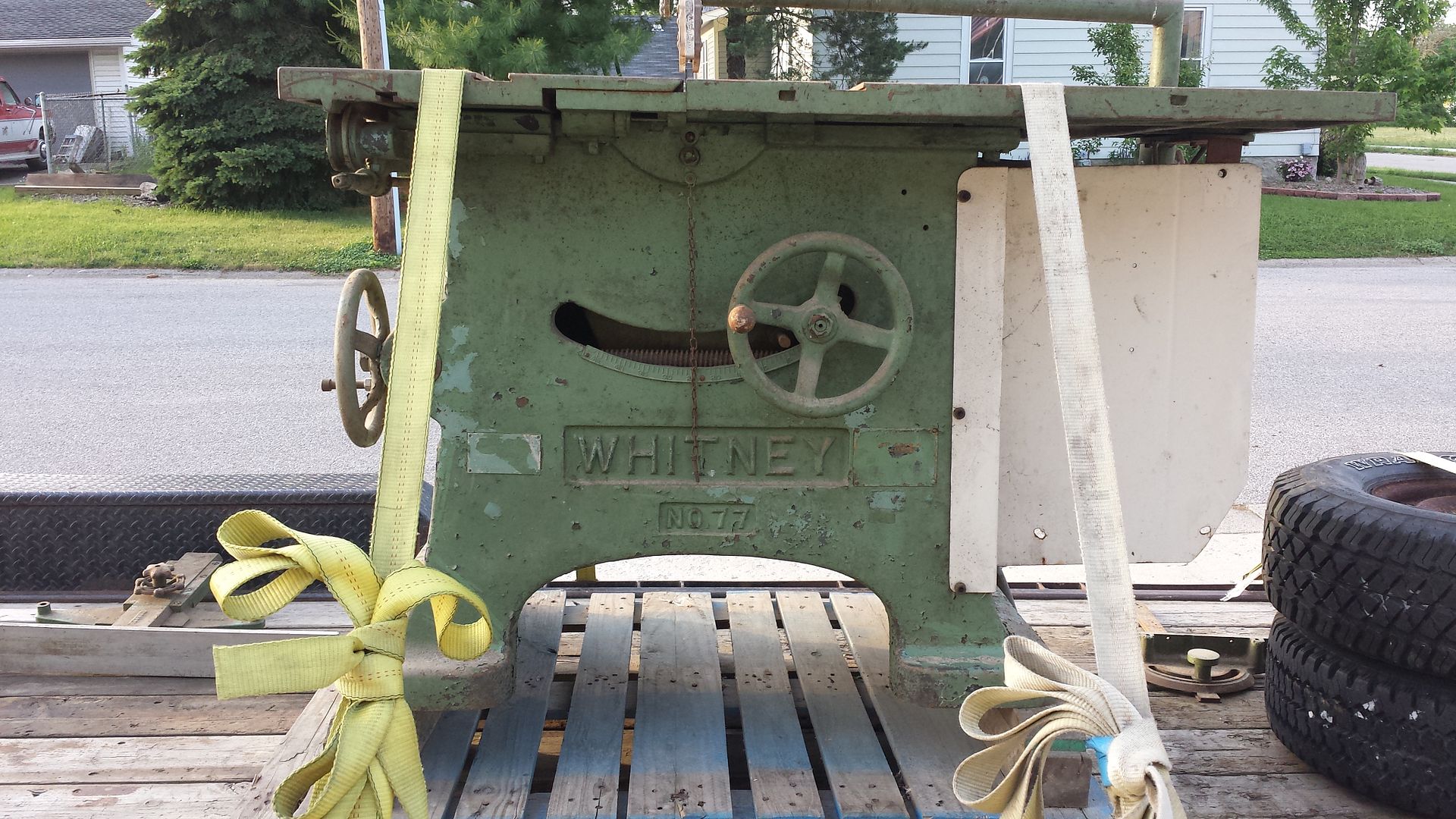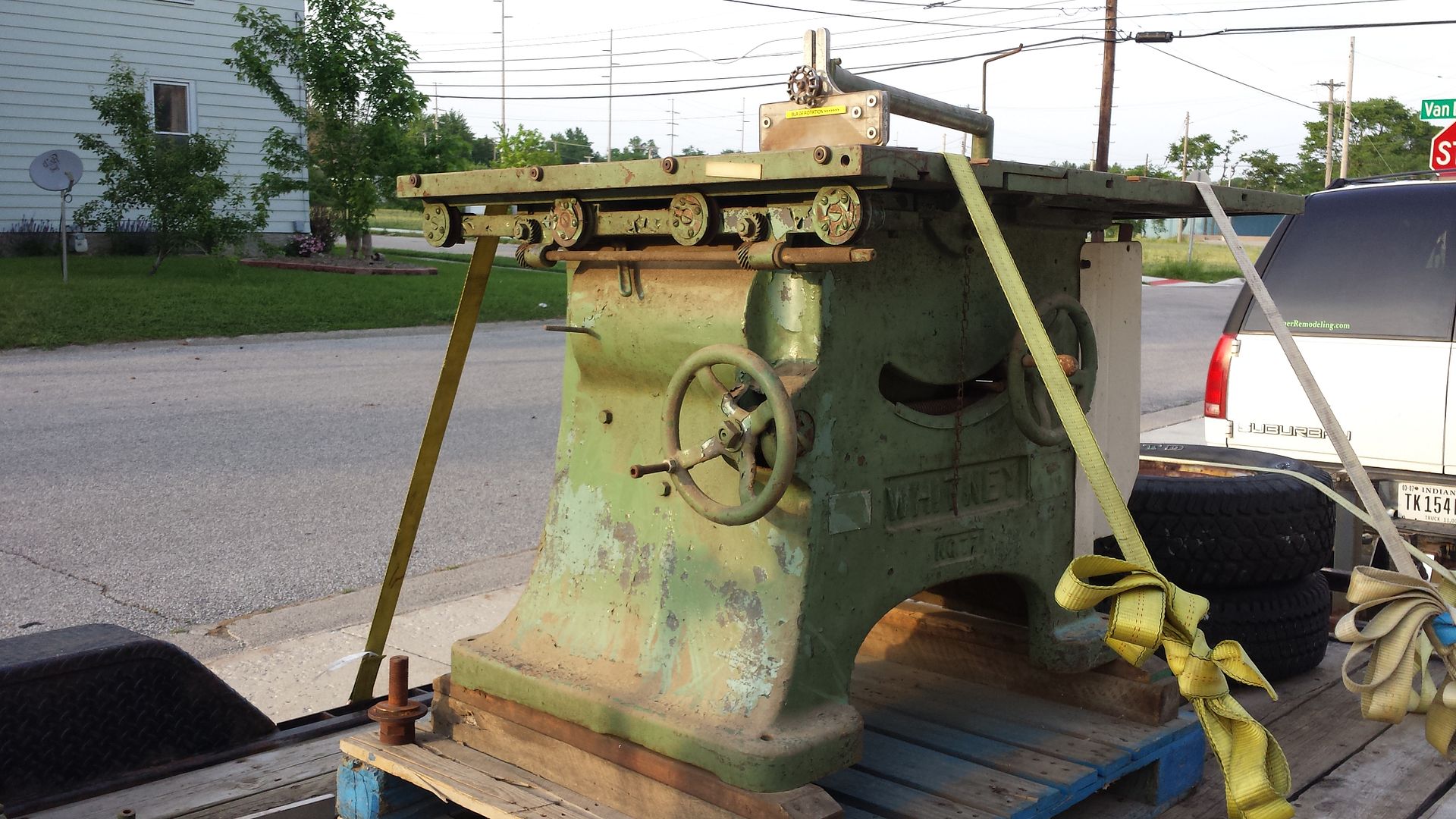I think the worst thing of all is trying to handle sheet goods with a contractor's saw. Poor support of the material and great danger of injury from kickback.
I started out with that and was scared everytime I used it. To the point where I took a break from woodworking for a while. Once I discovered the TS55 it was a revalation.
Now if I had the space for a full sized slider I'd think that would be the best. But I don't, and unless I move I won't.
It's possible I might get a small slider someday, but obviously that wouldn't be for breaking up sheet goods. It would be for the precision and repeatability that a setup like that gives.
I started out with that and was scared everytime I used it. To the point where I took a break from woodworking for a while. Once I discovered the TS55 it was a revalation.
Now if I had the space for a full sized slider I'd think that would be the best. But I don't, and unless I move I won't.
It's possible I might get a small slider someday, but obviously that wouldn't be for breaking up sheet goods. It would be for the precision and repeatability that a setup like that gives.

